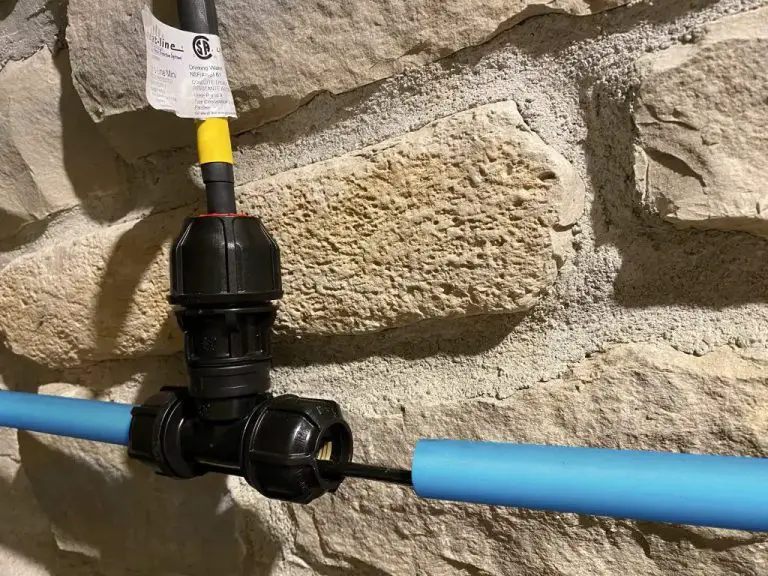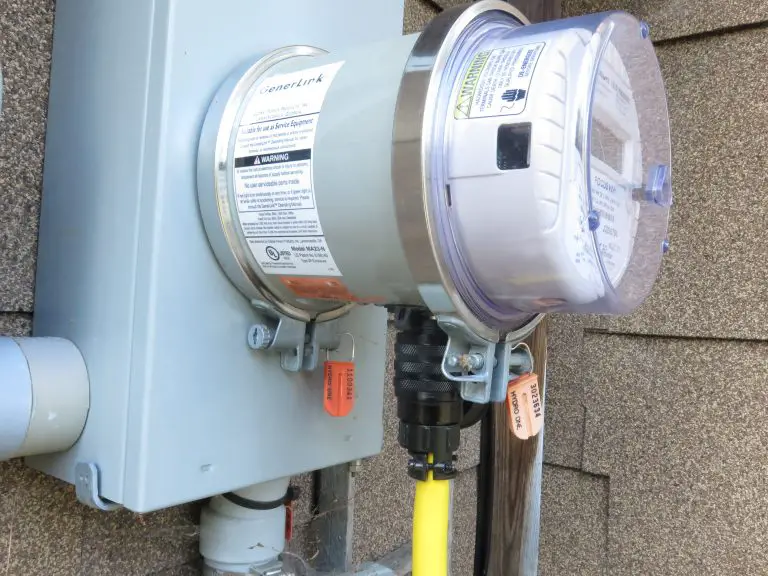BONUS: Don’t miss the two tech videos below.
More and more people are deciding to get proactive about electrical power supply at homes, cottages and small businesses, and that’s why standby generators are gaining in popularity. Declining reliability of the electrical grid is one motivation, but so is price. The cost of standby generators has plummeted over the last 10 years, and reliability has skyrocketed.
How Do Home Standby Generators Work?
Standby generators are large, stationary permanently-installed units that work together with switching gear. The moment power goes down on the grid, a standby generator system starts itself up while also disconnecting the household panel and circuitry from the grid. In most systems power from the standby is delivered to a secondary panel for distribution to pre-determined essential circuits. Since the engine is housed outdoors in an insulated cabinet, standby generators operate very quietly. Engine oil change and maintenance is typically required every two years or 100 hours of operation, whichever comes first. If you can maintain a lawn mower or portable generator, you’ll have no trouble keeping a home standby in good shape.
Sizing and Installing a Home Standby Generator
Standbys typically come in sizes from 7,500 to 20,000 watts. An average home without electric heat can be powered by a unit 10,000 watts or larger. If you’re interested in reliable backup power, use fuel-burning sources of heat such as propane or natural gas, not electric resistance heating. Cost for an 7.5 kilowatt (kW) unit is $2100. A 12.5 kW unit is typically $4500. Installation costs run an additional 40% to 60% of the price of the generator.
Most standby models run on propane or natural gas, eliminating problems caused by stale gasoline or diesel fuel. You can pour a concrete pad to support a standby, or you can lay and level some heavy paving slabs of the kind used to support outdoor oil tanks.
Connecting a standby generator requires two things. The first is piping to deliver natural gas or propane to the outdoor generator unit. Supplies of natural gas or propane will keep running in the event of an electrical power failure, so it’s simpler and more reliable than generators that run on liquid fuel.
The second connection required is the power cables from the standby generator to the building’s electrical panel. Most systems require the installation of a second panel with a built-in transfer switch inside the building to accept this power feed and distribute it to difference circuits while also automatically disconnecting from the grid. Some connection cables include smaller control wires bundled together with large power feed conductors, while others use separate control wires. These control wires create a path for the generator to communicate back and forth to the panel and transfer switch.
Quality of Electricity from Home Standby Generators
Not all home-generated power created by portable units is safe to use with sensitive electronics, but modern stationary standbys are different. They’re made to safely power everything found in a typical home, including computers and entertainment equipment. Any generator output that’s less than 5% total harmonic distortion (THD) is fine to use with electronics and smart appliances. Ask for details as you shop around.
Click below to watch two home standby videos I’ve made. One is on choosing and using a home standby generator wisely, and the other is on building a durable support pad for a home standby.














